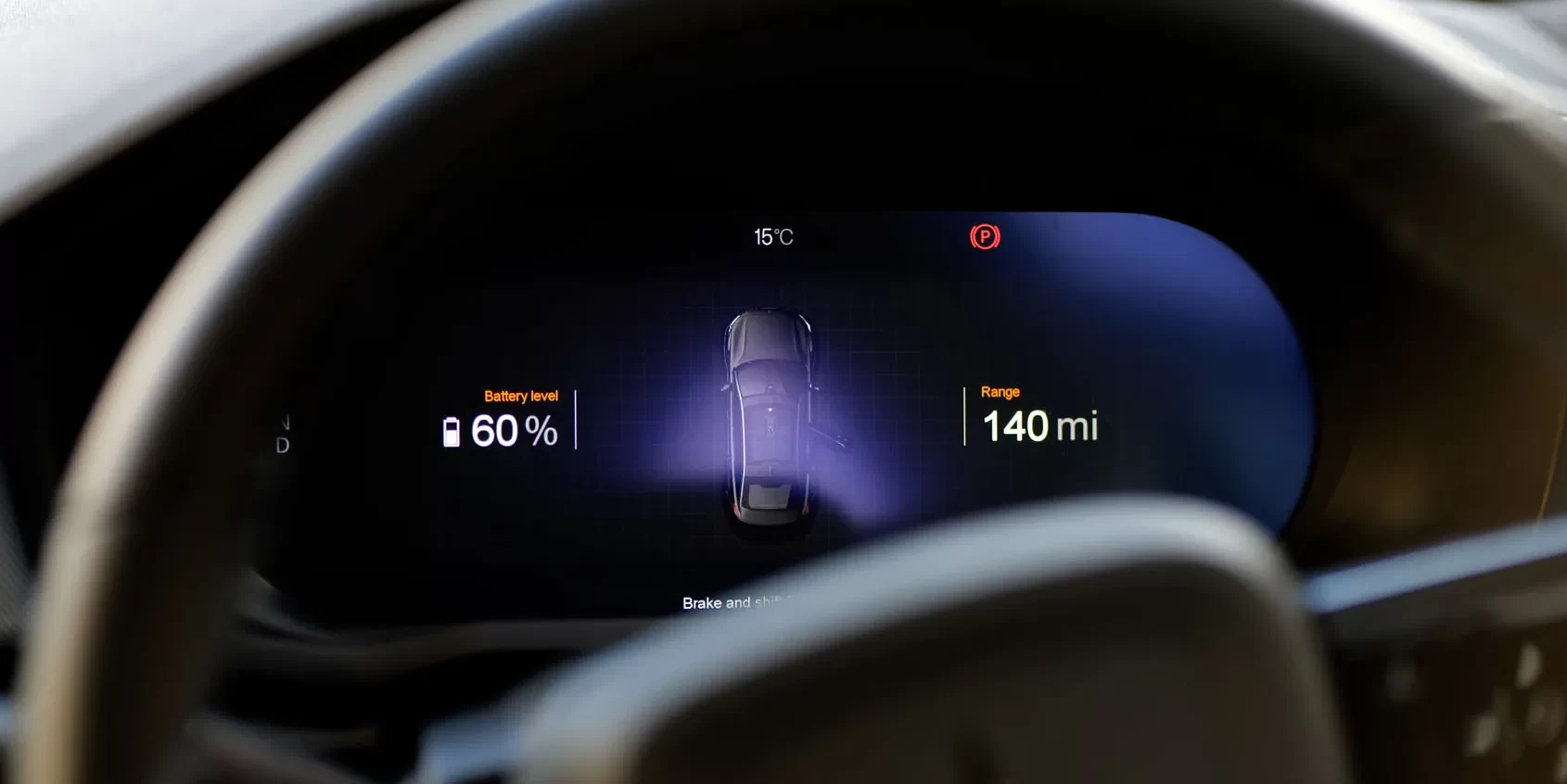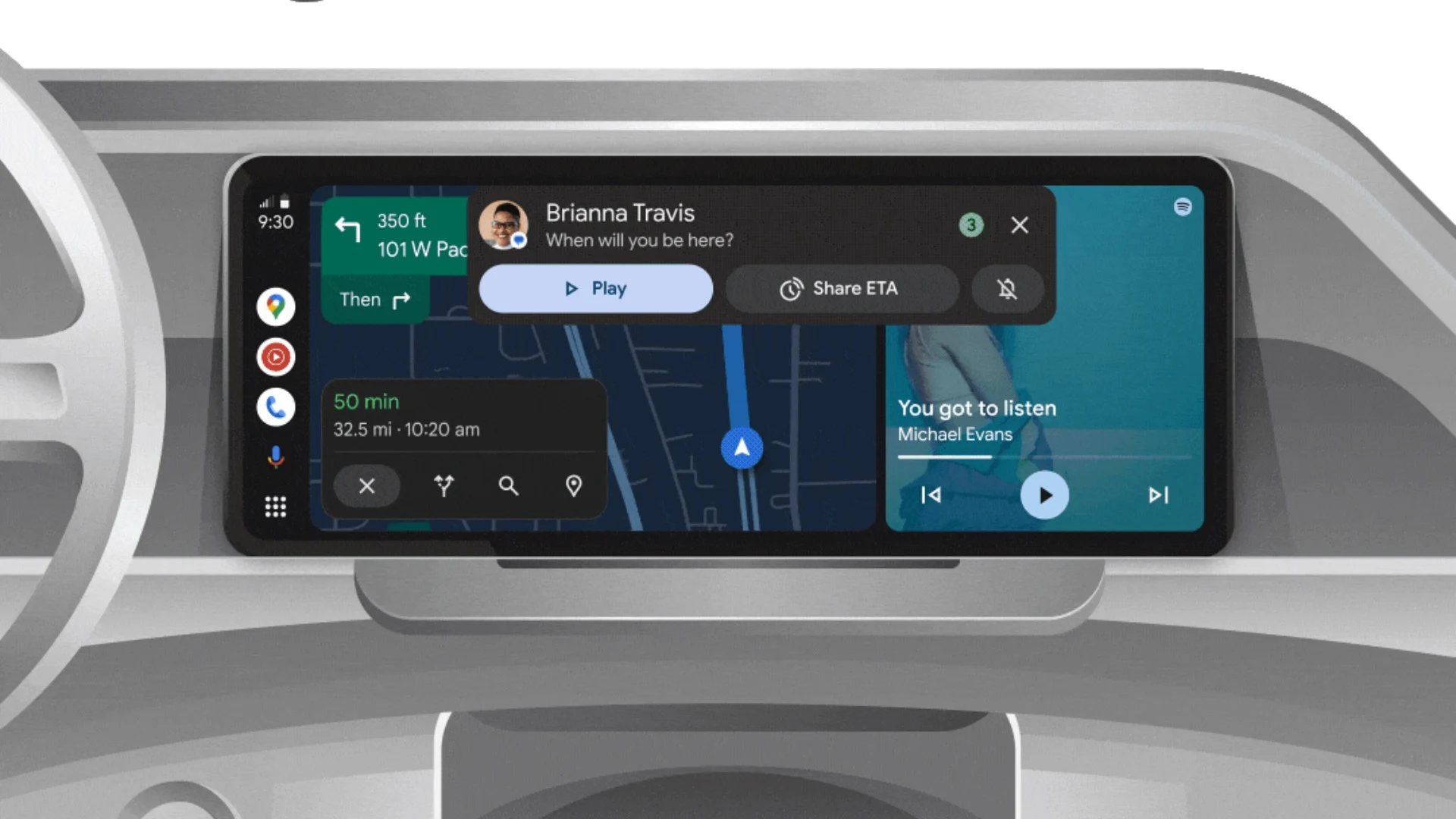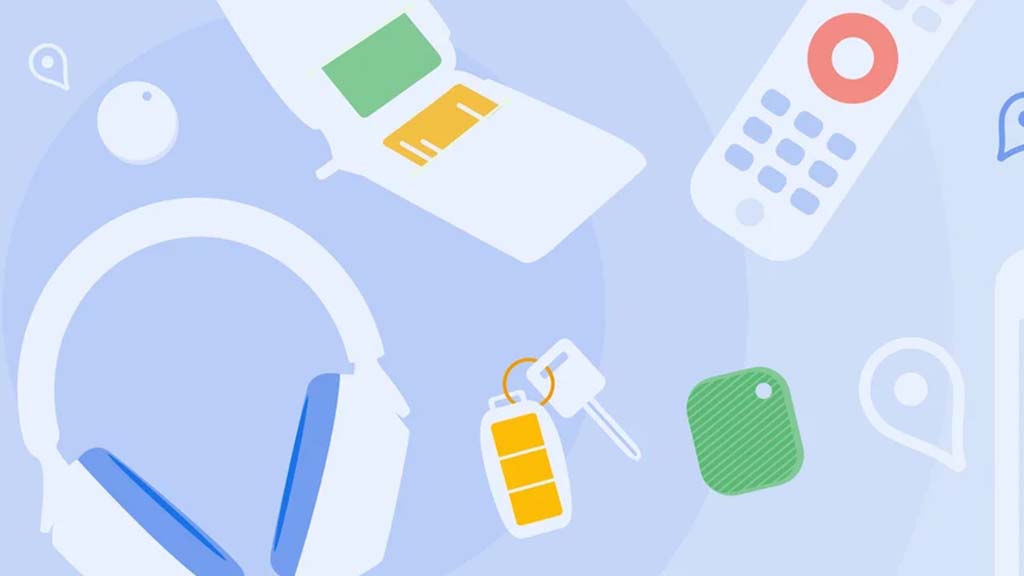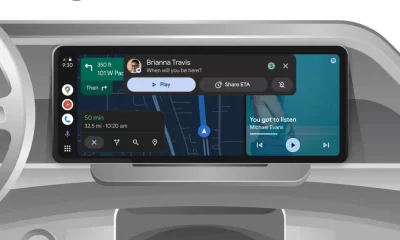Android
A fresh look for Music in Android Auto

Android Auto has become an indispensable co-pilot for drivers navigating the digital age. Seamlessly integrating smartphone functionality into the car’s dashboard, prioritizes safety and convenience. In recent weeks, Google has been steadily enhancing the platform, and a significant update has just arrived for music lovers: a redesigned music player interface. This isn’t just a cosmetic tweak; it’s a thoughtful evolution aimed at improving usability and minimizing distractions on the road.
The core principle behind Android Auto is simple: keep the driver’s eyes on the road. This means intuitive controls and consistent design across applications are paramount. Imagine fumbling for the pause button while navigating a busy intersection – a recipe for disaster. Android Auto strives for a unified user experience to mitigate this risk, especially within critical functions like music playback.
A Harmonious Shift: The Evolution of the Music Player
The last major overhaul of Android Auto’s music player interface occurred in 2023, and while functional, it was due for a refresh. The latest update (v13.4), infused with the dynamic color palette of Material You, brings a welcome change, enhancing aesthetics and practicality.1
The most noticeable change is the repositioning of the album art. Now residing on the left side of the display, it provides a clear visual anchor. To the right, information is presented in a logical, easy-to-digest format: the song title, artist name, track duration, and progress bar neatly aligned. This arrangement allows for glances, providing essential information without demanding prolonged attention.
Google’s design team has also subtly adjusted the font sizes. While maintaining readability, they’ve optimized the layout to accommodate all necessary information within a compact space. This is crucial for various screen sizes and resolutions found in different car models.
Below this informational panel, the familiar playback controls – play/pause, skip forward/backward – are prominently displayed. Their size and placement are carefully considered for easy access, even with a quick tap. The goal is to allow drivers to control their music without having to take their eyes off the road for more than a fraction of a second.
Consistency is Key: A Unified Experience Across Apps
One of the strengths of Android Auto’s music integration is its consistency across various music streaming services. Whether you’re a Spotify devotee, an Apple Music subscriber, or a YouTube Music enthusiast, the core playback interface remains largely the same. This means that once you’re familiar with the layout in one app, you can seamlessly navigate others, minimizing the learning curve and maximizing safety.
While the fundamental design remains consistent, minor variations may occur depending on the specific app, the size of the car’s display, and its DPI (dots per inch) settings. However, these variations are subtle, ensuring a cohesive user experience regardless of the setup.
A Closer Look: Visualizing the Changes
(Imagine an embedded image here, similar to the 9to5Google screenshot mentioned in the original article. This would show the new UI in action, ideally with a popular music app like Spotify.)
This visual representation highlights the key changes: the album art on the left, the clear text arrangement on the right, and the readily accessible playback controls below. It showcases the clean, uncluttered design that prioritizes usability.
Beyond Aesthetics: A Focus on Driver Safety
This redesign isn’t merely about making things look prettier; it’s about enhancing the driving experience by minimizing distractions. By streamlining the music player interface, Android Auto empowers drivers to control their audio entertainment safely and efficiently. This commitment to driver safety is at the heart of every design decision, and this latest update is a testament to that philosophy.
The rollout of this new design is already underway as part of the Android Auto v13.4 update. So, the next time you connect your phone to your car, you’ll be greeted with a fresh, more intuitive way to enjoy your favorite tunes on the road. This evolution of Android Auto’s music player is a welcome step forward, proving that even small changes can make a big difference in the driving experience.
Android
Google updates Gboard emoji kitchen and Android Auto with new features

Google is bringing some fresh updates to make Gboard and Android Auto even better.
Starting with Gboard, the Emoji Kitchen now has a new “Browse” section. This makes it easier for users to find different emoji sticker combos. You can tap on any emoji and instantly see all the creative mixes available. Plus, there’s a search bar to help you look for specific stickers. This new feature is rolling out first to Pixel devices, with other Android phones expected to get it in the coming months.
On the other hand, Android Auto is now getting the 14.3 beta update. Although there are no big changes yet, this version mainly focuses on fixing bugs and improving performance. Testers have noticed slight speed improvements, but no new features have been spotted so far. Google might be preparing for bigger changes in future updates.
Both these updates show that Google is working hard to make its apps smoother and easier to use. Gboard’s new browsing tool will make messaging more fun, while Android Auto’s small fixes are important for a better driving experience.
If you have a Pixel phone or are part of the Android Auto beta program, you might already see these updates. Otherwise, they should be available to more users soon.
Android
Android’s Find My Device speeds up with UWB coming soon

Google’s Find My Device network for Android has gotten a big boost, making it much quicker to locate misplaced items. Recent checks show it’s now four times faster than it used to be, keeping up with Apple’s AirTags in crowded spots like malls or events. For instance, at CES 2025, a tracker tucked in a bag updated its location just as fast as an AirTag nearby. This speed-up is thanks to more Android users turning on tracking for all locations, not only busy areas, which helps the system spot items more reliably.
In less crowded places, the network can still have trouble since fewer Android phones are nearby to share location signals. But Google’s working on this by nudging users through app alerts to enable tracking in quieter spots. Plus, recent updates to tracker software and apps have made connections more stable and accurate.
Looking ahead, Google’s gearing up to roll out ultra-wideband (UWB) technology. This will let you find items with pinpoint accuracy, even within a room, using cool augmented reality (AR) visuals, much like Apple’s setup. The Moto Tag, a tracker ready for UWB, is already available, just waiting for Google to activate this feature. Not all Android phones support UWB yet, but future models like the Pixel 10 might include it. These changes prove Google’s determined to make its Find My Device network a top choice for tracking lost stuff.
Android
Android 16 boosts USB data safety and fixes delayed notifications on Pixel phones

Google’s upcoming Android 16 update is bringing better security and some helpful improvements, especially for Pixel phone users. One of the main features in Android 16 is a new way to protect your phone’s data when it’s connected to a computer through USB. Right now, when you plug your phone into a PC or laptop, it can access all your data as long as you approve it.
With Android 16, Google is adding an extra security layer that only allows limited access unless you enter your PIN, password, or use your fingerprint. This will help protect your files if someone tries to access your phone without permission.
At the same time, Google is also working on a fix for a frustrating issue that some Pixel users have been facing for months — delayed notifications. After the April 2024 update, many users noticed that app alerts were not showing up on time, especially from messaging apps. Google has confirmed the problem and says a fix will be included in a future update, though it’s not in the current April patch yet.
Together, these changes show that Google is focusing on both stronger privacy and a smoother experience for Android and Pixel users. Android 16 is expected to roll out later this year, starting with developer previews.
-

 Apps1 year ago
Apps1 year agoGboard Proofread feature will support selected text
-

 News1 year ago
News1 year agoSamsung USA crafting One UI 6.1.1
-

 News1 year ago
News1 year agoBreaking: Samsung Galaxy S22 may get Galaxy AI features
-

 News1 year ago
News1 year agoSamsung Galaxy S23 Ultra with One UI 6.1 and all S24 AI features revealed
-

 News1 year ago
News1 year agoOne UI 6.1 Auracast (Bluetooth LE Audio) feature coming to many Samsung phones
-

 News1 year ago
News1 year agoSatellite SOS feature coming to Google Pixel phones, evidence leaked
-

 Apps11 months ago
Apps11 months agoGoogle’s fancy new Weather app is finally available for more Android phones
-

 News1 year ago
News1 year agoGoogle Pixel evolves as Europe’s third best selling flagship












